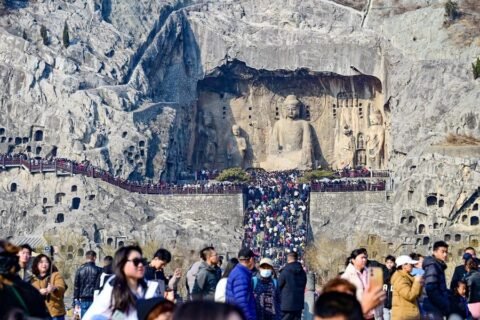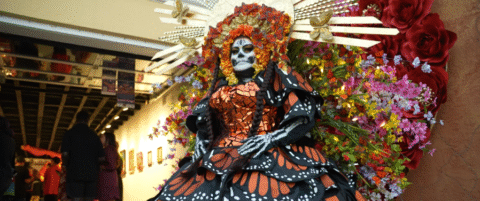But now a new attempt is underway to find out more about those long-gone inhabitants of Scotland, through the traces they may have left behind as they made their marks on the land.
Like standing stones, the Rock Art found in Scotland is one of the most visible traces of the ancient world that remains today, dotted around the country in more than 3,000 locations.
Usually taking the form of cup marks, spirals and abstract etched into boulders on the open landscape, the carvings date back 6,000 years to the late Stone Age when bands of hunter-gathers roamed the land.
Over the years various theories have been suggested for their meaning – from ancient maps of the stars in the sky, to boundary markers, to the remains of a pebble-tossing game created by idle hunters to pass the time. Yet their secrets are unlockable.

The Lost Stones of Strath Tay project is an attempt to probe not just the carvings themselves, but the traces left behind by their creators to see if they left any clues or traces behind.
Over the next two weeks, archaeologists and volunteers with Perth and Kinross Heritage Trust (PKHT) ) are digging at two sites near Aberfeldy – Mains of Murthly and Knoc An Eaglais – where cup and spiral marked stones can be found.
Despite their abundance on the landscape, few excavations have been carried out at Scottish Rock Art sites, and it is hoped the new dig will shine fresh light on how they came to be, and expand understanding of this uniquely Scottish mystery.

“With the emergence of new methodological and theoretical tools over the past few decades, studies have explored other dimensions of rock art, including contextual, material, phenomenological and agency.
“While these approaches have been highly illuminating, there are still many questions about the origin, development, use and significance of rock art.”
She added: “Excavation can provide hard evidence to help address these questions. However, only a handful of rock art sites have been excavated overall in Scotland, and further investigative work is essential to grow our knowledge and understanding.”
The area around the sites is landscape rich in prehistoric and historic features, which includes a wealth of Neolithic and Bronze Age ritual monuments – dating between around 4000 and 1000 BCE.
Prehistoric rock art forms an integral part of this landscape, with over 250 carved boulders and outcrops recorded along the valley and the hillsides.

This will be followed by post-excavation work and publication of the details of any finds or fresh research, while a detailed written, photographic and 3D record will be made of the nature and current condition of the panels and carvings.
Read More:
The results will be used to inform the excavation, and any potential future conservation management strategies.
Already on day three, the project is beginning to bear fruit.
Dr Barnett said: “We have cut back the turf and exposed the rocks, and revealed new carvings which had been previously covered up.
“We have also found a quantity of quartz fragments which may be collected to the stones, perhaps brought to the site by the people who carved them or used in the carving themselves.
“Each stone would have had a meaning to them, and even fragments like this can show evidence of human activity and help us understand them.”





